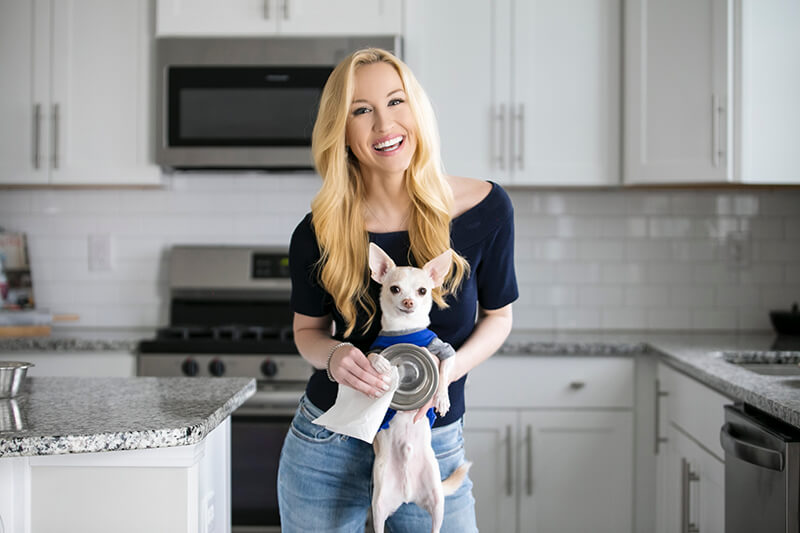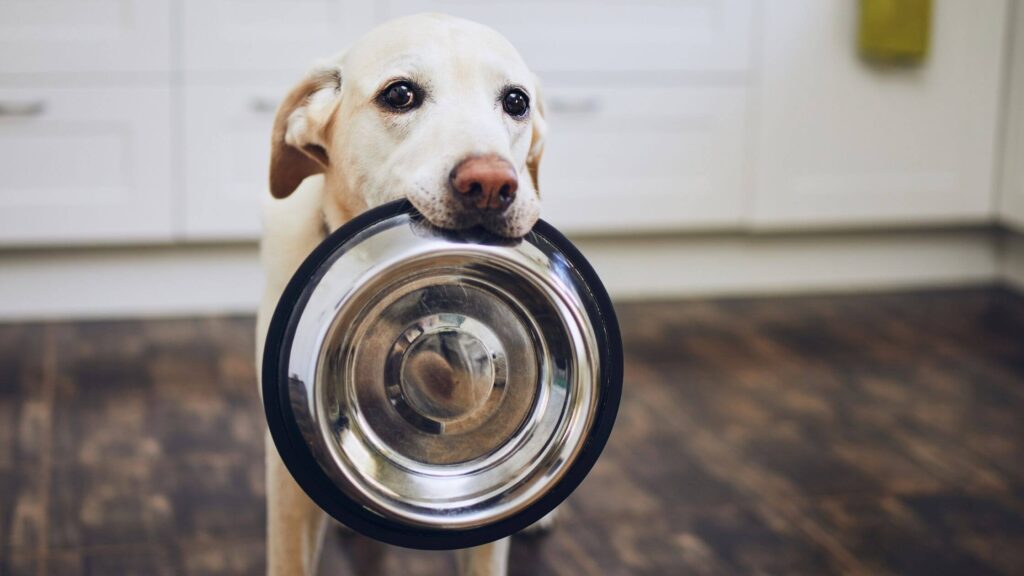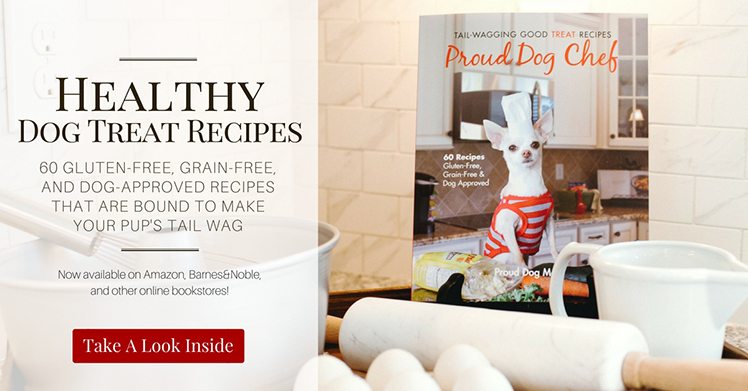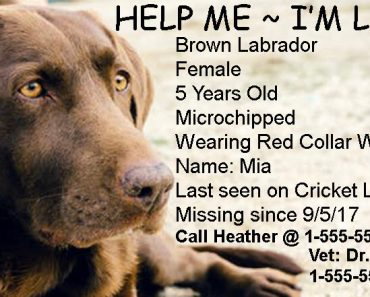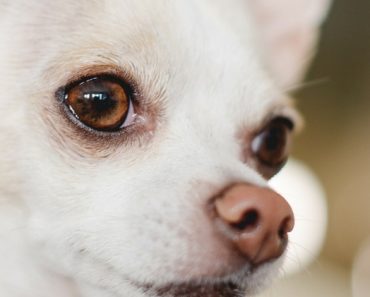Choosing the perfect dog food bowl for Fido may seem like a no-brainer, but they’re not all created equal. They come in an assortment of shapes, sizes, heights, functions, and materials. So, choosing can get confusing. To simplify the process, I’ve put together a list of pros and cons for the various dog food bowl types. Let’s dig in!
Plastic Bowls
Pros
Plastic dog bowls are a popular choice among dog parents. You can get them in any color, size, and shape. They’re often cheaper than many other types of bowls and don’t break when dropped. Sounds good so far. Right?! But plastic bowls are considered the worst choice for your dog to eat from. Here’s why.
Cons
- Scratches Easily – Plastic bowls are porous and prone to surface scratches, where bits of food can get trapped. These areas set up the perfect breeding ground for bacteria. Even thorough washing won’t remove it all.
- They are a chewers delight – If you have a puppy or an adult dog who loves to chew things, plastic bowls often wind up becoming chew toys. Ingesting pieces of plastic can become a big problem, causing potential cuts in a dog’s mouth, throat, esophagus, stomach, intestines, and anus, as well as possible gastrointestinal bleeding and obstruction. If your pooch is a chewer and does eat from this type of bowl, remove the food bowl as soon as he’s finished eating.
- Contact dermatitis – This is a skin issue that some dogs get when eating from plastic bowls which are harboring bacteria. The areas in contact with the bowl, such as a dog’s nose, lips, and chin (his muzzle) can be affected. You’ll likely notice a red rash, bumps, inflammation, and possibly blisters.
- BPA and other chemicals – Some plastic bowls may contain BPA or other chemicals that could be harmful to your pooch’s health. If plastic bowls are your choice, make sure the bowl is labeled BPA-free and is clearly for pet use.
- Allergies – Some dogs can be allergic to plastics. If they are having an allergic reaction, you’ll likely notice some reddish or pimply irritation on their snout or face.
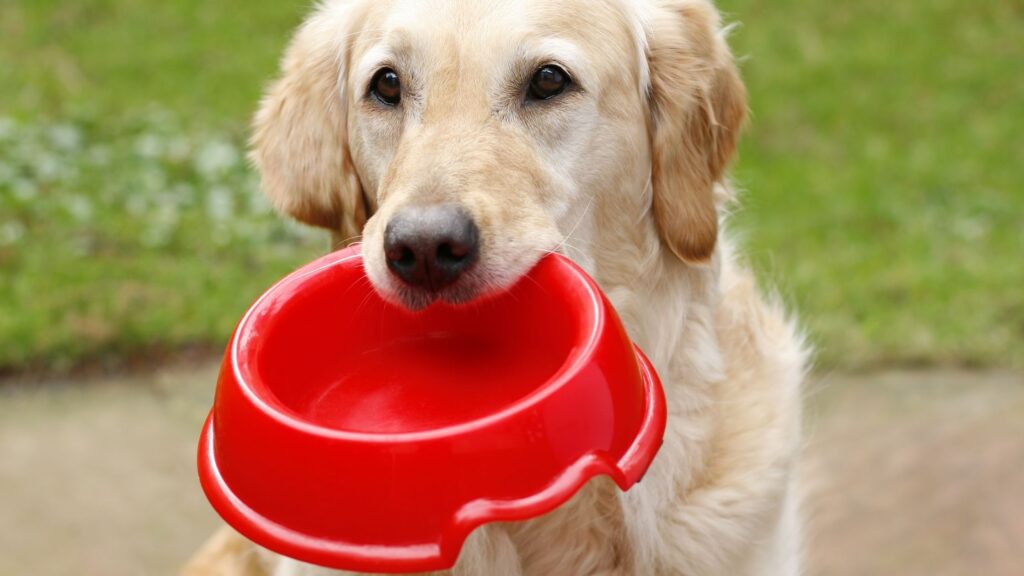
Ceramic & Stoneware
Pros
Ceramic and Stoneware bowls are a definite step up from plastic bowls – especially if you’re looking for something stylish. They come in an array of beautiful colors, patterns, and glazes. Plus, they’re non-porous and easy to clean. It’s important to make sure any ceramic bowl or stoneware bowl you purchase is clearly labeled as lead-free and food-grade. Ceramic bowls are heavier, making them less likely for Fido to unintentionally push around the room while he’s eating.
Cons
They are fragile. Ceramic and stoneware bowls are more prone to cracking and chipping. If you notice a bowl is cracked or chipped then it needs to be replaced. Cracks in bowls provide places for food to accumulate and encourage bacterial growth. Chips in ceramic or stoneware can cause little particles to flake off the bowl and into Fido’s food where your dog could ultimately ingest them. If you accidentally drop a ceramic bowl, run for the broom and say goodbye – because the bowl will shatter.
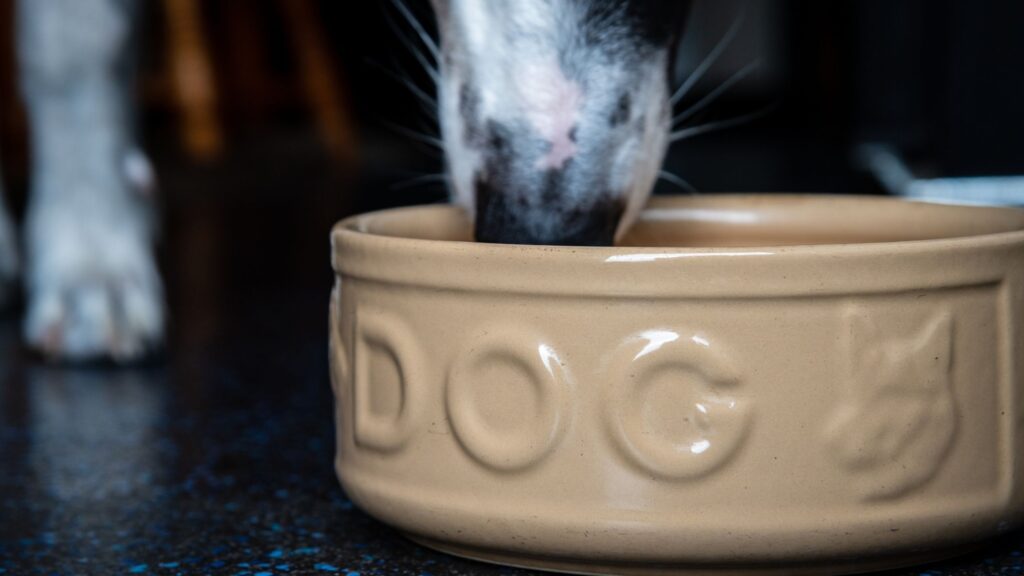
Stainless Steel
Pros
Stainless steel bowls are the best choice for most dogs. They are unbreakable, durable, long-lasting, a breeze to clean, dishwasher-safe, non-porous, and come in all sizes.
Cons
Stainless steel bowls are lightweight and can be accidentally pushed around the floor while your dog is eating. To avoid this, either place the bowl on a doggy placemat or get one with a non-skid bottom.
If you’re trying to make a decorative statement then you’re not going to do it with a stainless steel bowl. Although they do come in some colors, your choices are limited. Additionally, they’re not the best choice for outdoor use. On hot summer days, the metal can make the water too hot and on freezing cold days the steel could get so cold that a dog’s tongue could stick to it.
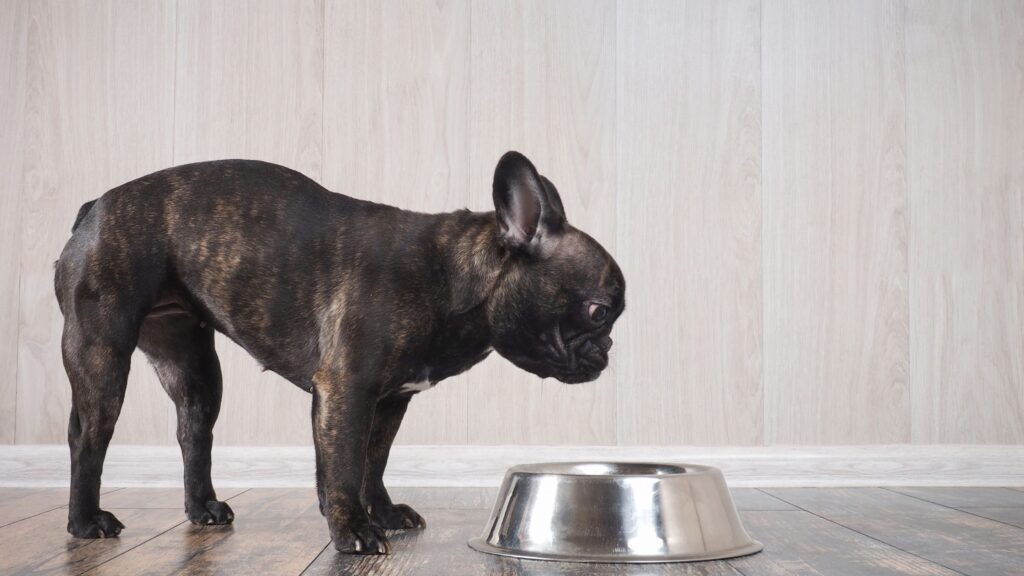
Elevated Dog Bowls
Pros
Elevated dog bowls are just as the name implies … a set of two bowls that are elevated on a stand or platform and raised off the ground. How high they’re raised will depend on the height of the dog using them. In general, the height of the bowls should be even with the dog’s chest, which makes it a more comfortable and neutral position so the dog won’t have to bend down to eat. These bowls are helpful for seniors and dogs that have joint and mobility issues. They’re most often used by larger dogs, but come in sizes suited for any dog.
The original thought was that a dog would swallow less air while eating with his head up and offset certain gastrointestinal problems, most specifically, the serious medical condition – bloat. But now there is great controversy about that reasoning.
Cons
Some experts now feel that the raised dishes actually contribute to bloat. If your dog is prone to getting bloat, do not feed him out of an elevated dish. It’s probably a good discussion to bring up with your veterinarian. To read more on bloat, (what it is, the cause, and dangers) check out my full article on the subject HERE.
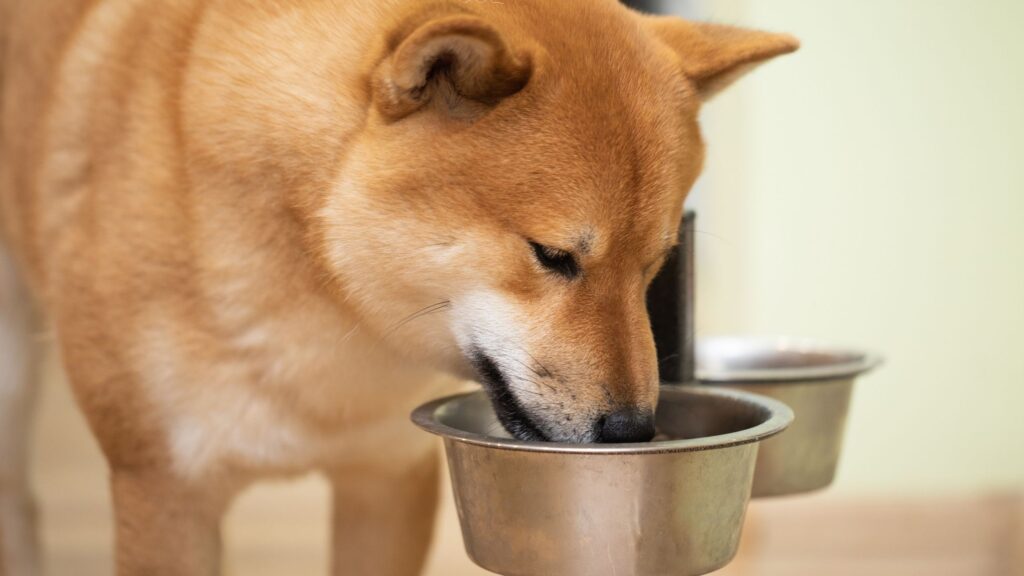
Slow Feeder Bowls
Pros
If you happen to have a speed eater on your paws then a slow feeder bowl might be just what you need. Slow feeder bowls are made out of plastic or stainless steel and have various patterns with mazes, mounds, ridges, and channels that help slow your dog’s eating down. Instead of just diving into the food bowl, they will naturally slow down as they have to navigate their food out of the intricate channels in the dish. The challenge can actually be a mentally stimulating one. If you have a speed eater and want to read more about it, check out my full article on the subject HERE.
Cons
Some dogs might get frustrated with the challenge, but they will get used to it in time.
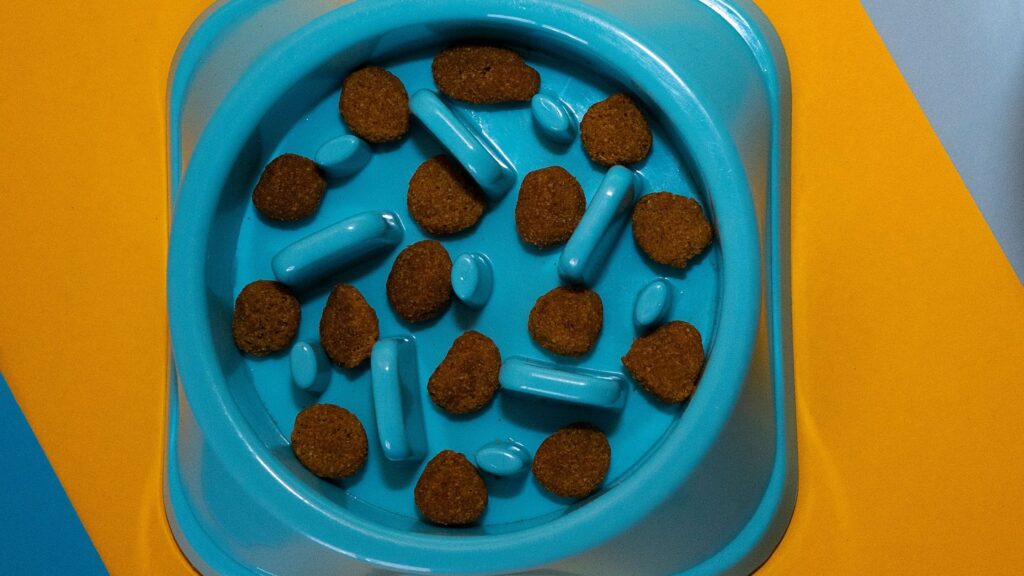
Automatic Dog Feeders
Pros
With this bowl, you have the convenience of a dispenser. The bowl consists of a container that sits above the food bowl it’s attached to. These bowls are normally made of plastic. As your dog eats, the food from the reservoir continually drops down and refills the bowl until the container is empty. Automatic feeders come in programable and non-programable models. Programming the timing and amount of food to be dispensed is preferable enabling you to control how much your dog is eating. These bowls are also available for dispensing water.
Cons
One of the biggest problems with these bowls is the potential for your dog to eat too much. If you free-feed your pooch and he doesn’t overeat then a non-programmable model may work for you.
The other potential problem with these bowls: Kibble will be left out for too long and can actually start to turn rancid. Here’s the thing: Once the kibble bag is opened, the expiration date is no longer accurate. As soon as you open the bag, air and oxygen hit the kibble and the oxidation process begins. Oxidation is where a chain of chemical reactions oxidizes the fats and turns them rancid.
As fats in (and sprayed on) kibble turn rancid, the nutritional value decreases. If your dog continues to eat this food, his tummy may get full, but he won’t get the nourishment you had intended. Rancid fats reduce the protein content, vitamins, minerals, and antioxidants in kibble. Additionally, long-term consumption of rancid fats can make your dog sick. They’ve been known to cause gastric upset, diarrhea, kidney issues, and liver disease. Find out more about rancid fats in kibble and proper storage HERE.
One more con: They’re typically more expensive.
Bowl Size
Now that you’re familiar with the various types of dog bowls on the market, what size should you get? Well, that’s all going to depend on the size of your dog.
- The bigger the dog, the bigger the bowl. For a large dog, you’ll want to make sure the bowl is round and deep enough to accommodate the amount of food it needs to hold. Plus, it needs to have enough room for the dog’s snout to maneuver comfortably while eating.
- Small dogs need smaller, more shallow bowls. Not too deep or it will be more difficult for them to eat.
- Then you have Brachycephalic (AKA flat face dog breeds), like the Shih Tzu. Unlike most other dogs, these guys don’t have a long snout to stick into the bowl to eat. Using a traditional bowl often forces flat-faced breeds to squish their face deep into the bottom, which is not only uncomfortable but can also make breathing more challenging. These dogs will be most comfortable with a wide opening, tilted bowl.
- If you’re using any type of automatic feeder, make sure it is the correct size for your dog. Don’t use a bowl with a giant container if you’re feeding a Chihuahua. Get a small one. You don’t want the food standing in there for too long, as mentioned above.
Care of Food and Water Bowls
Proper care of dog food and water bowls is essential. They should be washed every day, just like your own dishes. You wouldn’t eat your dinner, push your dish aside, and wait to fill it the next day. You’d wash it.
Leaving food residues behind encourages germs to grow. Does your dog eat kibble? Do you free feed him? If you do, get into the habit of emptying the bowl at night and washing it. I know too many people who just keep topping off the kibble and forget about washing it all together.
Don’t Forget The Water Bowl
Don’t forget to wash your water bowls. You may think, it’s only water! But water is one of the biggest offenders. Countless organisms grow in standing water that can make your dog sick. I’ve written a full article on the subject HERE.
How To Wash The Bowls
If your bowls are dishwasher safe, then give them a rinse and pop them in on the top rack to run in your normal dish cycle. When handwashing, use a mild dish detergent, a separate sponge, (not the one you use for the human dishes), rinse well, and dry.
If you are using an automatic feeder then wash it in between fillings. Be sure the container is completely dry before refilling it or you’ll be creating a potential mold condition.
Don’t forget to check for any scratches, cracks, crevices, or chips in your bowls that might compromise their integrity. If you notice a bowl has become damaged, it’s time to toss it and get a new one.
